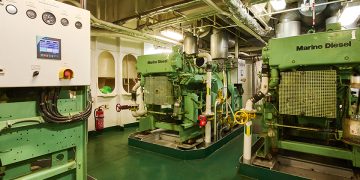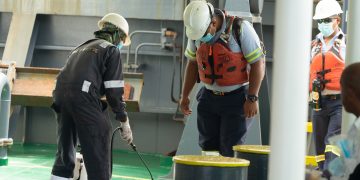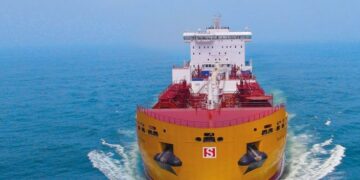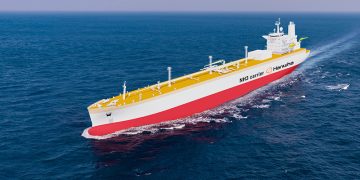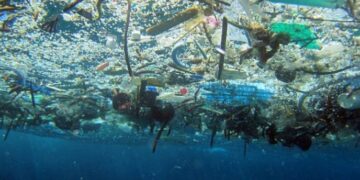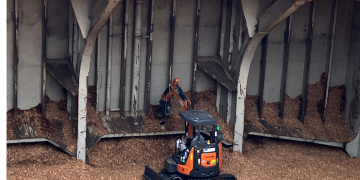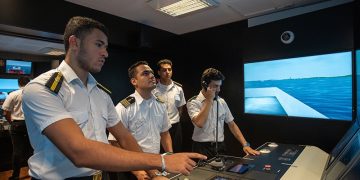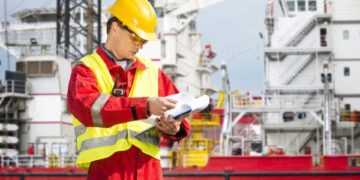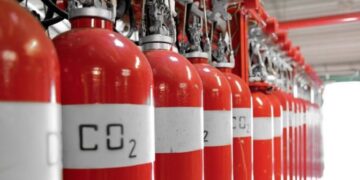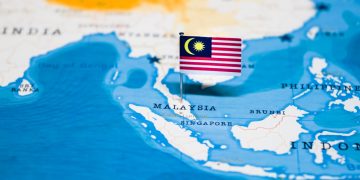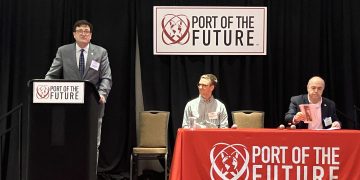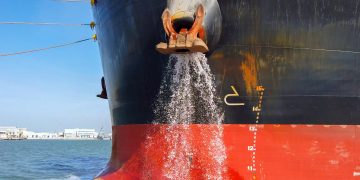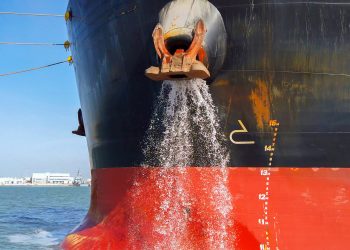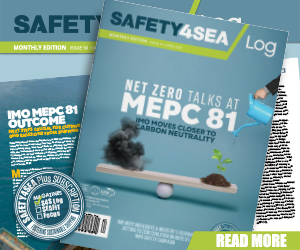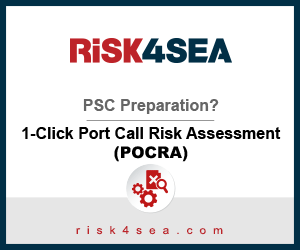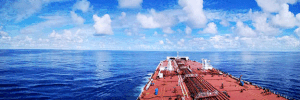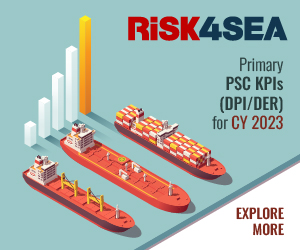Stelios Kyriacou, CTO (Chief Technology Officer) at ERMA FIRST, analyses developments in Ballast Water Management Technology and how the regulatory landscape is evolving.
It is 17 years since the Ballast Water Management Convention (BWMC) was adopted by the International Maritime Organization (IMO) in order to prevent the spread of potentially harmful aquatic organisms and pathogens in ships’ ballast water. The regulatory landscape is evolving, and we are now, nearly 4 years after ratification, at the implementation phase of the Convention.
It has been agreed to adopt an Experience Building Phase (EBP) to allow MEPC to monitor the implementation of the Convention. The EBP provides a systematic and evidence-based approach to improving the Convention while all stakeholders have an opportunity to review not only the regulations but also technology performance.
However, the last 18 months have not delivered the awaited outcomes due to the impact of the pandemic that has caused irreversible delays in the IMO review processes. The core EBP data gathering activity has made slow progress with limited data having been made available to date. The IMO has now contracted the WMU to gather data, coordinate the analysis of the data, and develop an analysis report. It is now a matter of awaiting the EBP report to evaluate what the data reveals and how these findings can be further used to support the implementation of the convention.
A small number of proactive Flag states have already contributed data having carried out their own investigations and have provided feedback related to their findings following sampling of ships operating within their jurisdiction, see Singapore MEPC.75/INF.11 and Australia MEPC.76/INF.56. Their findings have underlined the need to review the post-delivery functionality of installations following equipment electro-mechanical commissioning and have further revealed the adverse effects of not having selected the most appropriate ballast water treatment technology for a ship.
Confidence in the functionality of Ballast Water Treatment Systems (BWTS) has been improving as ships regularly operate the systems following the entry into force of the Convention. There is little doubt that the operational experience, as systems are operated regularly, is substantially contributing to the development of a more complete picture linked to practical ‘real life’ operation. The industry has gained improved understanding of the factors that affect BWTS operability. Installation design, quality of project execution and selection of appropriate BWTS are all emerging as factors that have a bearing on system operability. Early identification of operational issues has been possible through commissioning testing of installations. Such testing has been implemented due to the early adoption of such requirement by a small number of flag states (Australia, Cyprus, Greece, Panama, Singapore).
As of 1st June 2022, however this requirement enters into force and every newly installed system should be subject to commissioning testing per BWM.2/Circ.70, as mandated in the Ballast Water Code MEPC.300(72) and before the issuance of the ship specific International Ballast Water Management Certificate. The Technical Committee of the Ballast Water Equipment Manufacturers Association (BEMA), have developed a simplified guidance to commissioning testing that can be readily accessed https://bit.ly/2Wc5te6
Commissioning testing has highlighted operational issues on newly installed BWTS. In some cases, hidden issues that would otherwise have remained undetected were highlighted and this is a real added value that can be attributed to commissioning testing. Identified problems range from erroneous installation design and poor execution quality to incorrect system selection and improper operation. Many operational errors can be traced back to the lack of crew training and absence of operational experience or knowledge and understanding of the System Design Limitations (SDLs) consequently compromising the system operation and risking compliance.
Although the IMO regulations decree an one off assessment of system performance following installation, it is evident that periodic checks for verification of working order would provide further confidence to the BWTS operator thus minimizing the risk of noncompliance. We would therefore advocate the necessity to engage with the equipment supplier to discuss a service agreement to incorporate periodic inspections and verification of good working order of installed equipment, to ensure continued operability and compliance.
Further it is fair to highlight the need for crew training. Every crew change can inevitably contribute to BWTS operational challenges due to variations in the crew competencies and experience in using the specific BWTS. Many aspects of control and monitoring of key parameters are similar yet not identical, start-up procedures vary by maker and erroneous operation is a likely possibility. It is therefore worth considering the re-training and qualification of operators as no two systems are identical.
Looking forward, we see very few changes in the regulation front. The IMO still has to address the PSC guidance and measures for sampling for compliance in general. All BWTS to be supplied should now be delivered with IMO Ballast Water Code resolution MEPC.300(72) type approval certificates and installation should be subject to Commissioning Testing. The USCG regulations remain unchanged however the USEPA VIDA is still under development and in the meantime the provisions VGP2013 should be followed.
The views presented hereabove are only those of the author and do not necessarily those of SAFETY4SEA and are for information sharing and discussion purposes only.







